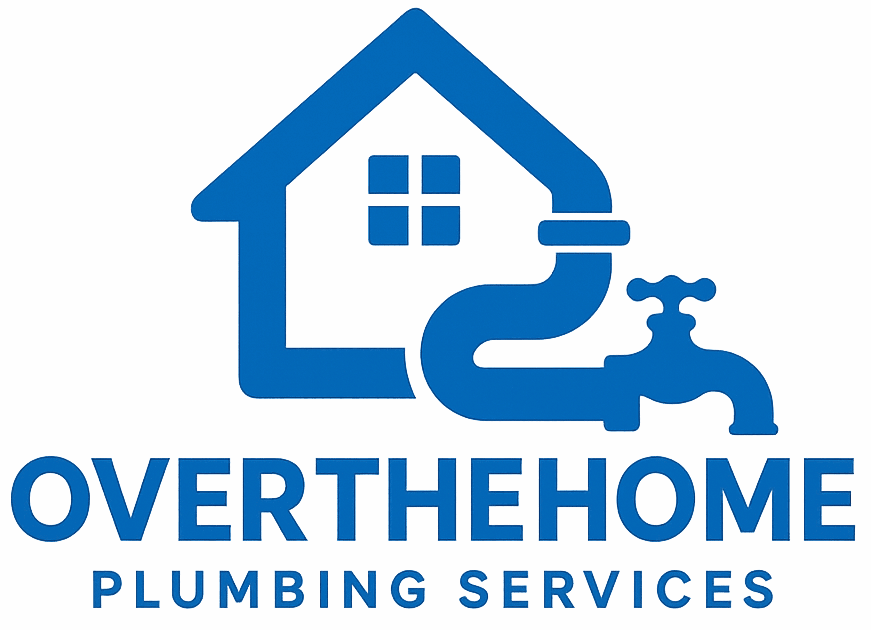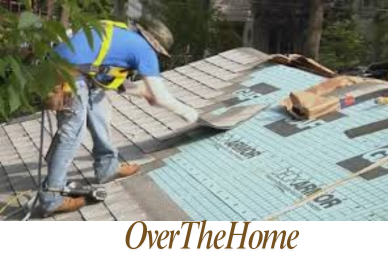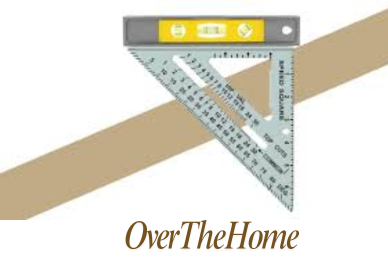Modified Bitumen vs Roll: Choosing the Right Roofing Material
Roofing materials play a crucial role in protecting our homes and buildings from the elements. Among the various options available, modified bitumen and roll roofing are two common choices for flat or low-slope roofs. Modified bitumen is a high-performance roofing material made from asphalt modified with polymers, while roll roofing is a simpler, more affordable option composed of asphalt and felt.
Choosing the right roofing material is essential for ensuring the longevity and performance of your roof. Factors such as climate, budget, and building type all play a role in determining which option is best suited for your needs. In this article, we’ll explore the characteristics, advantages, and disadvantages of both modified bitumen and roll roofing to help you make an informed decision.
What’s Modified Bitumen Roofing
Modified bitumen roofing is a high-tech evolution of traditional asphalt roofing. It consists of asphalt that has been modified with polymers such as styrene-butadiene-styrene (SBS) or atactic polypropylene (APP). These polymers enhance the material’s flexibility, durability, and weather resistance.
Types of Modified Bitumen
There are three main types of modified bitumen roofing:
- Torch-applied: This type requires heat application during installation.
- Self-adhered: These sheets have a peel-off backing and can be stuck directly to the roof surface.
- Granulated: This type has a layer of granules on top for added protection and UV resistance.
Advantages
Modified bitumen roofing offers several benefits:
- Durability: With a lifespan of 20-40 years, it outperforms many other roofing materials.
- Water resistance: Its seamless nature provides excellent protection against leaks.
- Fire resistance: Many modified bitumen products have high fire ratings.
- Energy efficiency: Light-colored or coated versions can reflect sunlight, reducing cooling costs.
- Versatility: Suitable for various flat or low-slope roof designs.
Disadvantages
Despite its benefits, modified bitumen has some drawbacks:
- Higher cost: Initial installation costs are typically higher than simpler roofing options.
- Complex installation: Requires professional installation, increasing labor costs.
- Environmental concerns: Torch-down installation can release harmful fumes.
What’s Roll Roofing
Roll roofing, also known as mineral-surfaced roofing, is a simpler and more traditional roofing material. It consists of a base layer of asphalt-saturated organic felt or fiberglass mat, coated with asphalt and topped with mineral granules.
Types of Roll Roofing
Roll roofing comes in two main types:
- Single-ply: A single layer of material, typically 3 feet wide and 36 feet long.
- Multiple-ply: Multiple layers are installed for added durability and protection.
Advantages
Roll roofing offers several benefits:
- Cost-effective: It’s one of the most affordable roofing options available.
- Easy installation: Many homeowners can install it as a DIY project.
- Wide availability: Readily available at most home improvement stores.
Disadvantages
Roll roofing has some significant drawbacks:
- Short lifespan: Typically lasts only 5-10 years.
- Limited durability: More susceptible to damage from weather and foot traffic.
- Prone to leaks: Seams and edges can be vulnerable to water infiltration.
Comparison of Modified Bitumen and Roll Roofing
To help you better understand the differences between these two roofing materials, let’s compare them across several key factors:
| Factor | Modified Bitumen | Roll Roofing |
| Durability | 20-40 years | 5-10 years |
| Weather Resistance | Excellent | Fair |
| Energy Efficiency | High (with reflective coatings) | Low to moderate |
| Material Cost | $4-$6 per square foot | $0.50-$1.50 per square foot |
| Installation Cost | $6-$9 per square foot | $2-$4 per square foot |
| Aesthetic Options | Various colors and finishes | Limited colors and textures |
| Environmental Impact | Moderate (due to petroleum-based materials) | Moderate (shorter lifespan means more frequent replacement) |
| Installation Complexity | High (professional installation recommended) | Low (suitable for DIY) |
| Maintenance Requirements | Low to moderate | Moderate to high |
Suitable Applications
Modified bitumen roofing shines in applications that demand long-lasting performance and superior protection. It’s particularly well-suited for flat or low-slope roofs where water pooling is a concern, making it an excellent choice for commercial buildings and large-scale projects. Its durability and energy-efficient properties make it ideal for structures that prioritize long-term value and reduced environmental impact.
On the other hand, roll roofing finds its niche in more modest applications. It’s the go-to option for budget-conscious homeowners tackling small-scale projects or needing quick, temporary solutions. Its simplicity makes it perfect for DIY enthusiasts looking to roof sheds, garages, or other non-residential structures without breaking the bank. While not as durable as modified bitumen, roll roofing offers a practical solution for spaces where longevity isn’t the primary concern and ease of installation takes precedence.
Factors to Consider When Choosing Between Modified Bitumen and Roll Roofing
When deciding between these two roofing options, consider a few factors. Start with climate and weather conditions. If you live in an area with extreme weather, modified bitumen may be the better choice due to its superior durability and weather resistance. When it comes to roof pitch and slope, both of them are suitable for flat or low-slope roofs. However, for roofs with minimal pitch, modified bitumen performs better.
In the case of building size, modified bitumen often is the preferred choice due to its longevity and performance. However, for budget-conscious homeowners, roll roofing often is the go-to choice since it’s less expensive upfront. However, you should consider the cost of more frequent replacements compared to the higher initial investment of modified bitumen.
Bottom Line
In the debate between modified bitumen and roll roofing, there’s no one-size-fits-all answer. Modified bitumen offers superior durability, weather resistance, and long-term value, making it an excellent choice for commercial buildings and homeowners looking for a long-lasting solution. Roll roofing, while less durable, provides an affordable and easy-to-install option for small projects or temporary fixes.
When choosing between these materials, carefully consider your specific needs, budget, and long-term goals. For complex or large-scale projects, it’s always advisable to consult with a professional roofing contractor who can provide expert guidance based on your unique situation.






